Season Review: Cyberpunk: Edgerunners Season One
Overview:
The futuristic world of Night City isn’t the easiest place to grow up, especially for those who strive to follow the straight and narrow rather than indulge in the wide, weird world of Body Mod enhancements that society has learned to live by. David, a lost youth who has nothing left–not even a family–decides that it’s time to give into Night City’s temptations and become an opportunistic edgerunner. David’s new mercenary cyberpunk lifestyle exposes him to new friends, foes, and possible futures, none of which will mean anything if he loses himself in this lifestyle.
Our Take:
Netflix has built a modest reputation out of their critically-acclaimed anime and animated series that pull inspiration from video games. There’s tremendous range between projects like Arcane, Castlevania, and Cuphead, with Cyberpunk: Edgerunners neatly filling another animated genre niche that’s yet to be filled. Cyberpunk: Edgerunners is deeply indebted to CD Projekt Red’s 2020 video game event, but it’s a series that can be fully appreciated by someone who’s not only never virtually visited Cyberpunk 2077’s Night City, but also a complete newcomer to the cyberpunk subgenre of science fiction. Edgerunners is a compelling, creative primer for anyone who’s new to the genre. However, it’s also visually stunning and treads through themes and moral territory that are complex enough to keep cyberpunk veterans entertained.
Cyberpunk: Edgerunners celebrates Night City’s overwhelming world through the wide unmodified eyes of David, a vagrant who’s never felt more alone, yet also more capable of greatness. Cyberpunk: Edgerunners’ central dynamic between David, a petty thief, and Lucy, a hacker, leans into the power couple dynamic that’s present in all of Studio TRIGGER’s productions. However, it’s a comforting presence here that fits within this huge world rather than it coming across as TRIGGER’s attempts to force their agenda on Cyberpunk 2077’s universe or out of a fear to stray outside of their comfort zone. Edgerunners is brand new territory for TRIGGER and its directors, but it leans into familiar concepts that help celebrate these bold ideas. The first real meeting between David and Lucy is among the best scenes from the entire series. It’s as beautiful of a meet-cute as it needs to be and Lucy lets her “manic pixie anime girl” flag fly as high as possible in the tour de force romance-action-comedy hybrid sequence.
David and Lucy quickly settle into a comfortable dynamic, but there’s such creativity to each character in Cyberpunk: Edgerunners, even the supporting and background players. This makes the anime feel as if each character is the result of several hours in a customizable character creation module instead of some bland design to help fill out scenes. Alternatively, the villains in the series are big, over the top, and appropriately powerful antagonists for these deadly edgerunners. The first season of Cyberpunk is only ten episodes, but it still takes the time to really flesh out Maine’s gang of cyberpunks that David aligns himself with in a way that feels natural. There’s a satisfying progression to it all where the group dynamics are genuine.
David’s indoctrination to edgerunning is treated like a coming of age experience that inspires awe in the disillusioned orphan. However, the anime also hints at the very real dark side of this cyberpunk technology and how there’s an extremely fine line between altruistic vigilante and murderous monster. Cyberpunk: Edgerunners gets a lot of mileage out of putting David on the edge of that line. The series revels in the tension that it creates as David begins to worry if he can even trust himself or if he’s no longer in control of his ungodly skills and that he’s become a destructive tool for something greater.
It’s likely that many audiences will leave Cyberpunk: Edgerunners most mystified over its animation and art design even though it makes sure to tell a striking story. TRIGGER’s Hiroyuki Imaishi (Promare, Kill la Kill, Gurren Lagann, and most recently, “The Twins” segment from Star Wars: Visions) immerses the viewer in immaculate art design and a color palette that distinctly feels futuristic, of another time, and emblematic of the cyberpunk subgenre of science fiction. Truly not enough can be said for how effective this series uses color to accentuate action. Even the pixelated, technological screen wipe transitions that are occasionally used are a simple detail that perfectly establishes tone and atmosphere. Not a single design element in Edgerunners feels out of place or accidental. Like any Studio TRIGGER production, you’ll curse your eyes for every second that they need to blink and miss a single frame of the gorgeous animation that’s perpetually on display in Cyberpunk: Edgerunners.
Similarly, simple background scenes of set dressing convey leagues of world-building without the burden of cumbersome exposition. The development of Night City’s world feels incredibly natural, not unlike how one slowly masters an area in a video game after prolonged exploration. This world-building doesn’t overwhelm the viewer and while a lot of bold concepts rapidly bombard the audience, they all occur in justified fashions. Cyberpunk never abandons its neo-noir trappings, which complement the anime’s bigger stylistic setpieces rather than work against them. There are fantastic chase sequences and destructive freeway scenes that hit hard and deliver dizzying domino and collision effects. There are also some chilling body horror moments and ultra-gory shootouts where limbs fly and blood coats the walls.
Exaggerated combat sequences and heightened power systems are par for the course in action anime, but Edgerunners does impressive work with the distinct style of its Cyberware Body Mod battle tactics. The effects that are used for David’s special enhancements are a glory to behold and eat the lunch of the Stands from JoJo’s Bizarre Adventure. There’s an extreme excess to the series’ fights, but there’s still a tangible weight that’s felt to them where physics matter and the characters don’t just freely do whatever they want. It’s truly exciting whenever David or someone else triggers their enhanced abilities rather than it feeling like the easy way out of the anime’s obstacles. These powers are not abused, but they’re also used in unique capacities that highlight their utility beyond brute strength.
Action is integral to Edgerunners, but it’s an anime that indulges in another of the medium’s extremes. Cyberpunk: Edgerunners also contains its share of shameless fan service. There’s a gratuitous demonstration of this where Lucy engages in a violent heist, all while she’s completely naked. So yeah, it’s fair to say that Cyberpunk: Edgerunners understands its target audience. These lewd impulses are present in Cyberpunk: Edgerunners–just like they are in the anime’s corresponding video game–but they never overpower the narrative or ruin the taught sci-fi that’s under scrutiny.
This series effortlessly nails the neo-noir energy and it just as often feels like an extension of Blade Runner as it does one for Cyberpunk 2077. At the same time, Edgerunners doesn’t get too lost in self-serious brooding. There are many tender human exchanges where David and Lucy are viewed as people, not thieves, hackers, netrunners, or other futuristic agents of destruction. These quiet moments of reflection are just as powerful as any fight sequence, tech heist, or explosive display of the future. These growing emotional stakes result is an increasingly dark, nihilistic tone that slowly suffocates its characters and wears them down more in the second-half of the season. On that note, there’s strong pacing all around in Edgerunners. No episodes feel extraneous or come across as padding. A lot of ground gets covered across these 10 episodes, but it’s also appreciated that the same amount of story doesn’t get stretched out to a season of twelve or thirteen installments when it’s not necessary.
There’s also little to complain about when it comes to the level of production and passion that’s present in the series’ dub. Zach Aguilar and Emi Lo get to have the most fun here as David and Lucy, but the supporting voice actors like William C. Stephens, Stephanie Wong, and Alex Cazares all give equally rich performances that help bring depth and life to Cyberpunk’s Night City. Edgerunners has a cast that contains a fair balance between standard anime dub heavy-hitters as well as new talent that are just legitimately strong actors, like Giancaralo Esposito. On a final aesthetic note, Franz Ferdinand’s “This Fire” makes for the perfect opening credits song that sets the right tone for this precarious genre tightrope walk. The end credits song, “Let You Down,” as well as consistently strong insert songs throughout the season that matches the style of Edgerunner’s intensely stylized visuals.
Cyberpunk: Edgerunners is another exceptional original anime series to come out of Netflix that’s one of the most gorgeous animated series of 2022. It’s kind of bewildering how Netflix seems to routinely botch the distribution and release schedules for outside anime that they acquire, yet their own productions have included some of the most exciting anime series from the past few years. Cyberpunk: Edgerunners is easily among Studio TRIGGER’s best and most beautiful pieces of work. It confidently stands on its own and doesn’t feel like some act of licensed synergy that requires a video game’s worth of backstory to fully appreciate. While never coming across as derivative or repetitive, Cyberpunk: Edgerunners often feels like Ghost in the Shell or Patlabor meets Supercrooks or The Great Pretender–and with a touch of Akira and The Matrix thrown in for good measure. Cyberpunk: Edgerunners is a triumph for video game-to-anime adaptations, Studio TRIGGER productions, and 2022 anime in general. It’s the cyberpunk sci-fi series that animation fans deserve.
The 10-episode first season of ‘Cyberpunk: Edgerunners’ premieres September 13 on Netflix

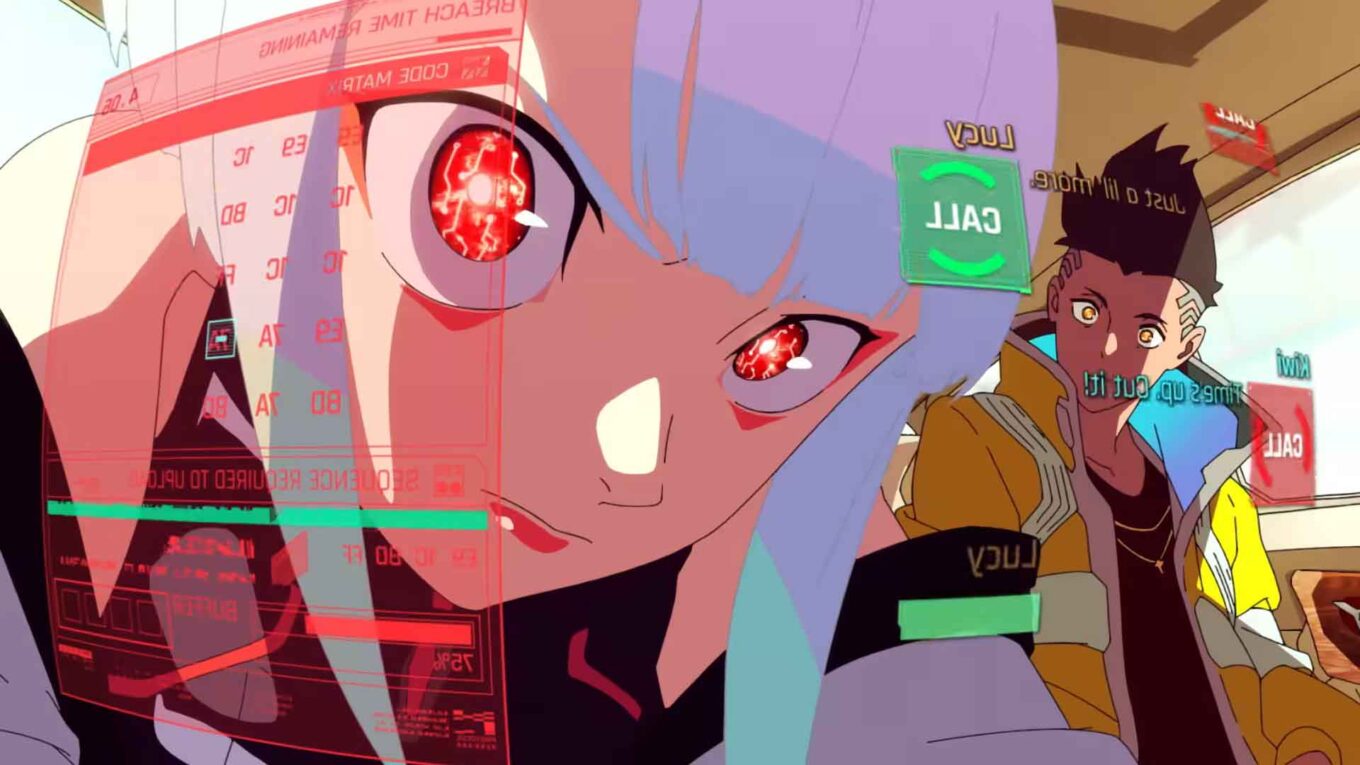
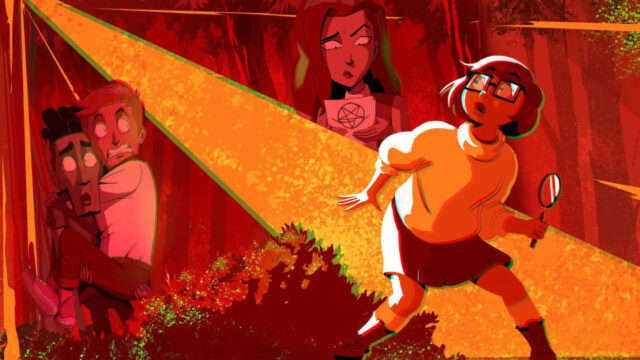
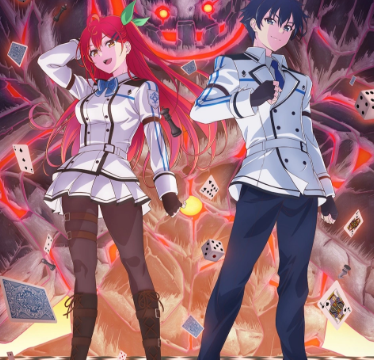

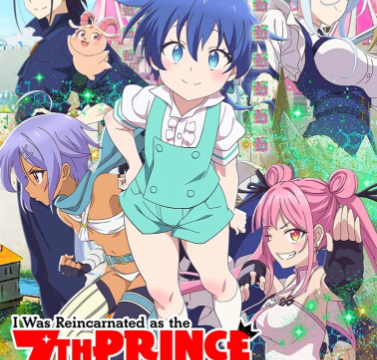
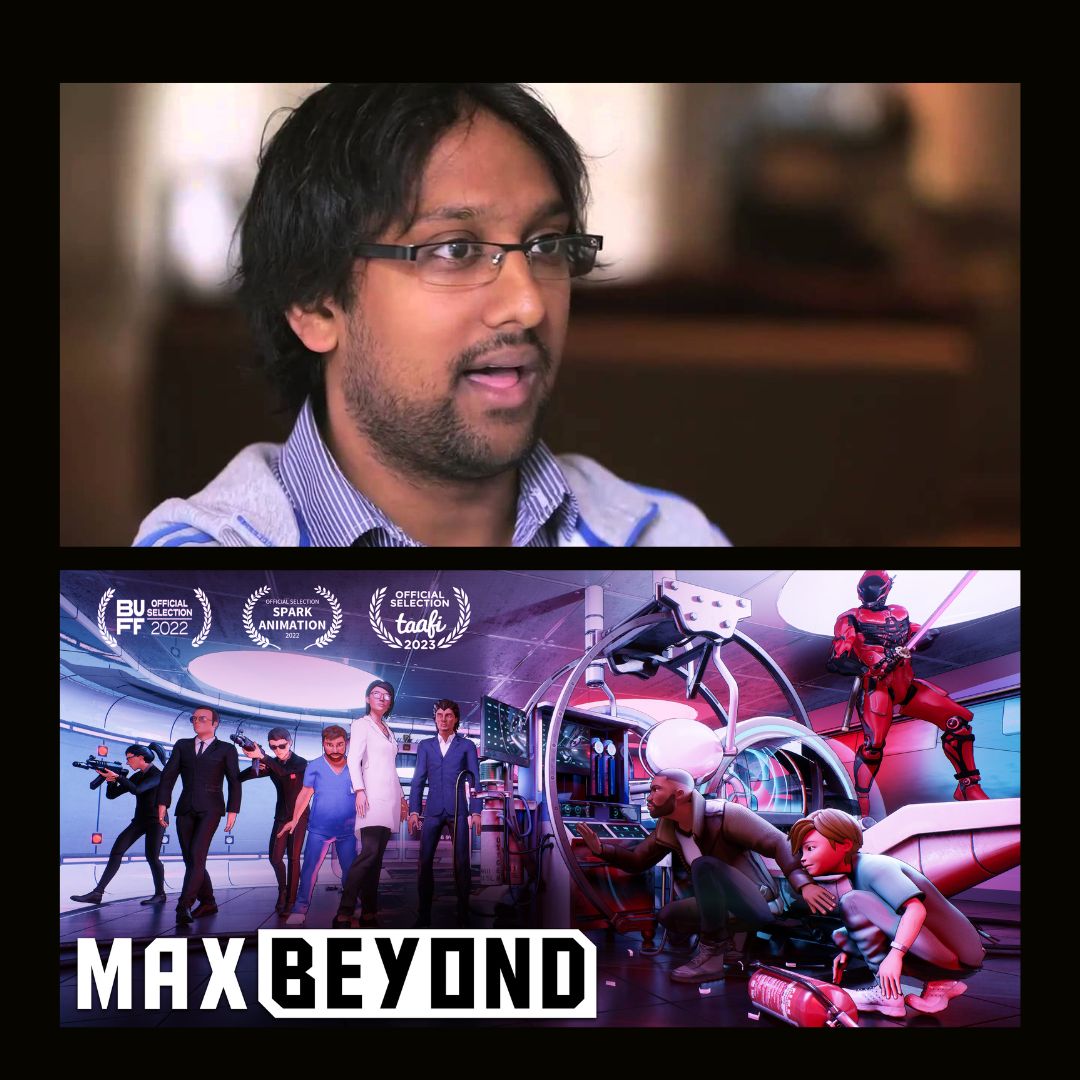



















Hi Ashley, thank you so much for reading and we love the feedback. Note that on that day we had 14th posts go up and only ten posts show on the front page, so it's possible the preview had already been archived by the time you got to it. One recommendation would be to add our RSS feed to your favorite news aggregator service like Feedly, this way you get all of the latest posts!